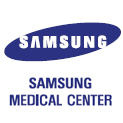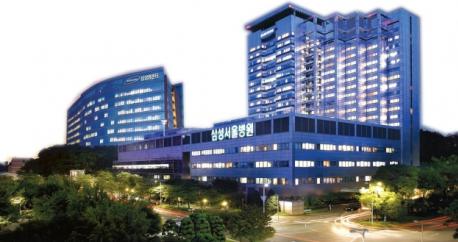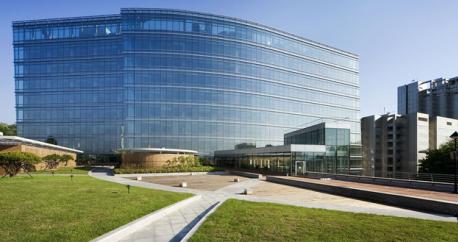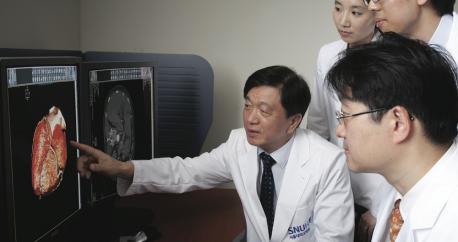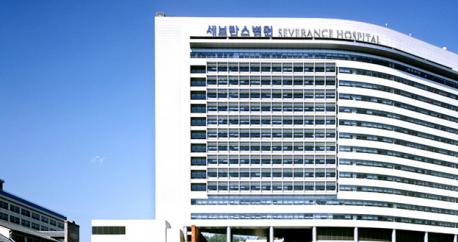Arrhythmia (also known as cardiac dysrhythmia) is the condition in which there is abnormal electrical activity in the heart causing regular or irregular heartbeat which is too fast or too slow. Some arrhythmias can be life-threating that results in cardiac arrest whereas some arrhythmias are very minor and can be regarded as normal variants. Abnormal awareness of heart beat (palpitations) is the most common symptoms of arrhythmia.
The blood ejecting activities of the heart is accomplished by the repetitions of the heart’s contraction and atony and for the heart perform its accurate functions, the electric stimulation is required to contract the heart. Arrhythmia is the abnormality caused in the route for delivering electric signals in the heart when the electric stimulation is not created like the normal physiological responses or the heartbeat gets abnormally fast, slow or skips a beat.
Causes and Inducing Factors of Arrhythmia
- Inborn Error of the Heart
- Heart Diseases including Myocardial Infarction, Valvular Disease and Hypertension
- Hyperthyroidism
- Chronic Obstructive Pulmonary Disease
- Diabetes
- Drugs and Electrolyte Disorders such as Antiarrhythmic Agents
- Exercise, Coffee, Smoking, Excitement and Alcohol
Symptoms of Arrhythmia
- Palpitations
- Respiratory Distress, Dizziness, Fainting
- Helplessness
- Chest pain
Diagnosis of Arrhythmia
Electrocardiogram
As the examination of recording the electrical activity of the heart through the electrodes applied onto the skin, it is the essential examination for diagnosing the cardiac arrhythmia with irregular heartbeat as well as the heart disease in addition to the x-ray examination.
Holter Monitor
Examination of establishing the connection between arrhythmia and symptoms by diagnosing the patient’s heartbeats and arrhythmia for 24 or 48 hours by attaching the holter monitoring while doing daily activities.
Treadmill Test
Examination to evaluate the functional exercise abilities and the abnormal reactions of the heart that can occur during exercise by using the treadmill or the bicycle ergometer.
Echocardiography
Examination to confirm various heart diseases or structural abnormalities by observing the structures and functions of the heart by using the ultrasounds that are harmless to the body.
Head-up Tilt Table Test
Examination for patients who frequently experience fainting to determine the diagnosis and treatment of the vasovagal syncope.
Electrophysiologic Test
Examination of evaluating the functions of electric signal delivery routes by positioning the narrow tube with the flow of electricity in various parts of the heart through the femoral vain or the subclavian vein for patients under local anesthesia.
Treatments of Arrhythmia
Drug Therapy
Non-surgical Treatment
Radiofrequency Catheter Ablation: Treatment for arrhythmia by using the radiofrequency current through the electrode catheter to burn the parts that become the cause by creating electric heat on the portion with arrhythmia in the heart.
Surgical Operations
Artificial Pacemaker: Surgical operation of inserting the machine built for the assisting purpose or replacing the role of sphygmic period held by the heart designed to deliver the electric pulse to the heart by using the energy when the heart activities cannot be detected. Implantable Defibrillator: Surgical operation of inserting the device to deliver electric shock to the heart when needed after detecting the activity of the heart. This is the operation performed on patients with high risks of sudden death or the patients resuscitated from sudden death through emergency care. Exercise: Treatment to surgically remove the portion that causes arrhythmia.
KMH recommended Tips
- Avoid excessive exercise and standing still for long periods of time.
- Take sufficient amounts of rest and avoid stress and exhaustion for it may worsen the arrhythmia.
- Since fainting can occur in particular situations, the patient must be aware of premonitory symptoms to avoid physical injuries.
- Since excessive eating can place pressure on the heart, the patient must intake food in small amounts and perform weight loss in cases of obesity.
- Patients must take on low-sodium and low calorie diets and reduce intake of caffeine.
- Since the cardiovascular diseases occur the most in cold winters and hot summers with rapid changes in external temperature, the patients must pay special attention to control their temperature.
- The physical condition must be always examined with regular hospital visitations and other precautions related to the treatments per diseases must be informed.













